This is kind of counter-intuitive, so bear with me.
Let’s say you’re labelling bins in your young child’s playroom. This one is for cars, this one is for balls, this is where the action figures go.
It can be really tempting to draw a car, rather than write the word “CAR” on the label. After all, if the child is too young to read, images would more easily show him where the cars go, right?
While that’s true, it’s the wrong thing to do if you’re trying to help him learn to read. Instead of pictures, print the words “CARS” or “BALLS” or even “ACTION FIGURES” on the bins. Your child will memorize them in no time, and now they’ll know three or four words they didn’t know before.
In fact, you’ll discover that they’re able to pick out the word “ball” or “car” in their first storybooks right away. Kids are sponges. If they’re going to soak up information, give them something worth soaking up.
This happens all the time in companies, too. Often the “stop” button in a manufacturing line will feature an image of a stop sign, rather than the word STOP, for non-English speakers. It’s well-meaning, but it doesn’t help the person who’s learning to read English. Always give the person a bigger challenge than you think they can handle – they’ll rise to it.
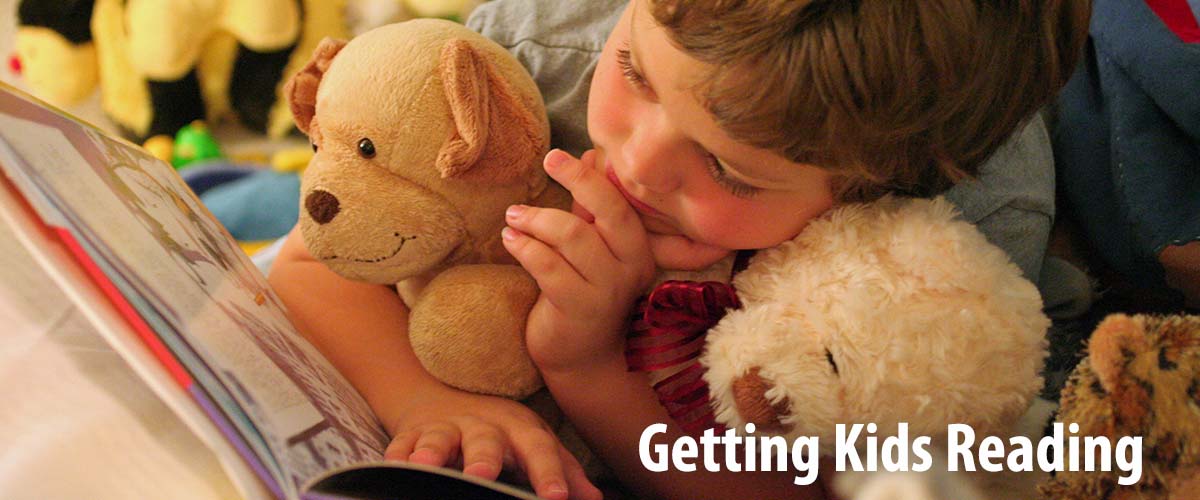
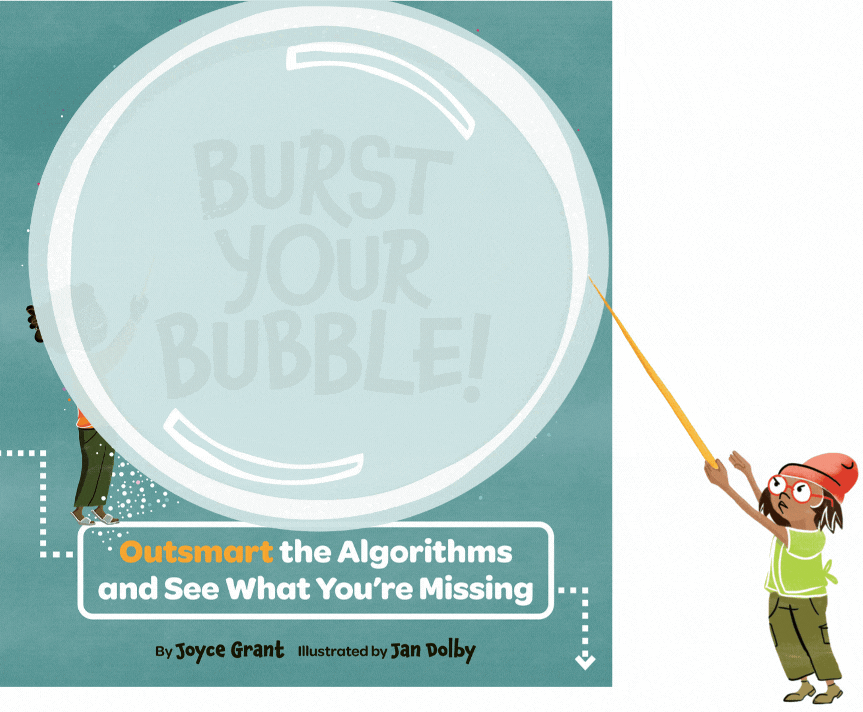
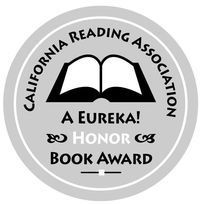
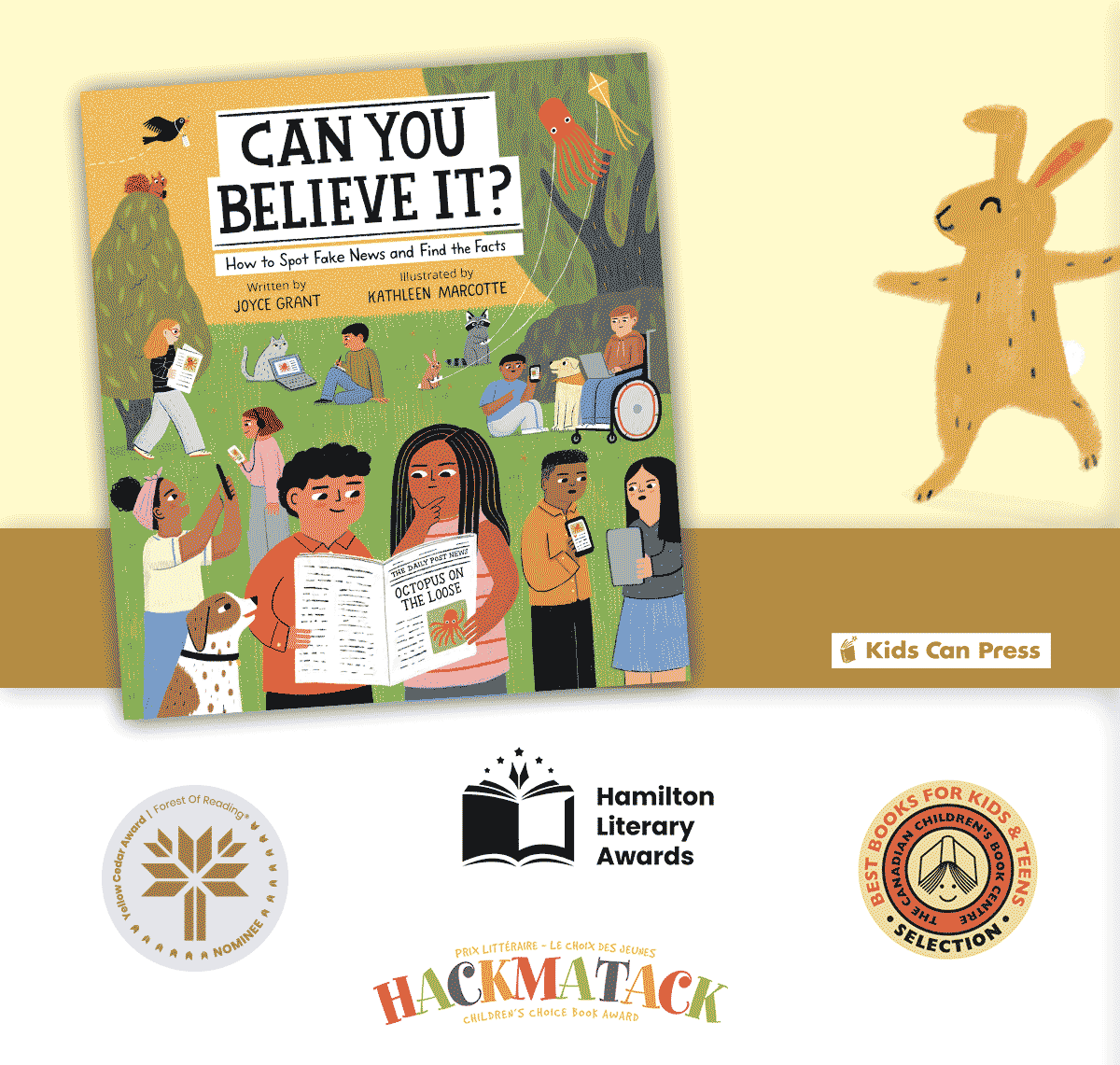
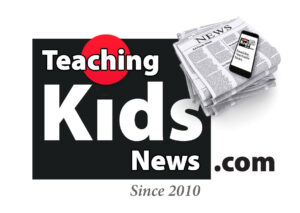

I was very tempted to employ the ‘graphic representation’ method when labelling toy bins for youngsters in my world, but then I read this entry. Now I think I will use words instead of graphics.
This, coupled with the fact that my drawing skills are nonexistent, should really help toys get put away in their proper places now!
Thanks for the inspiration!